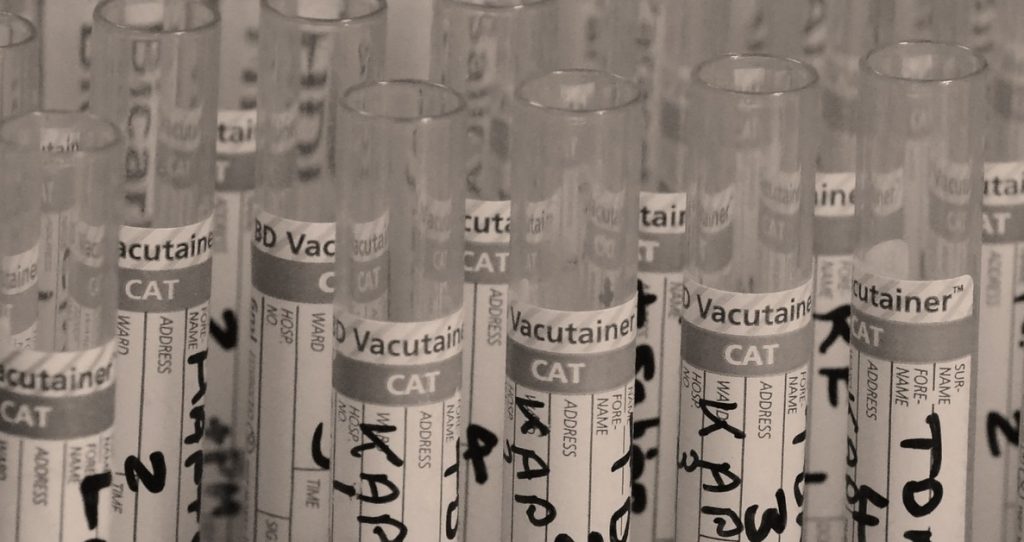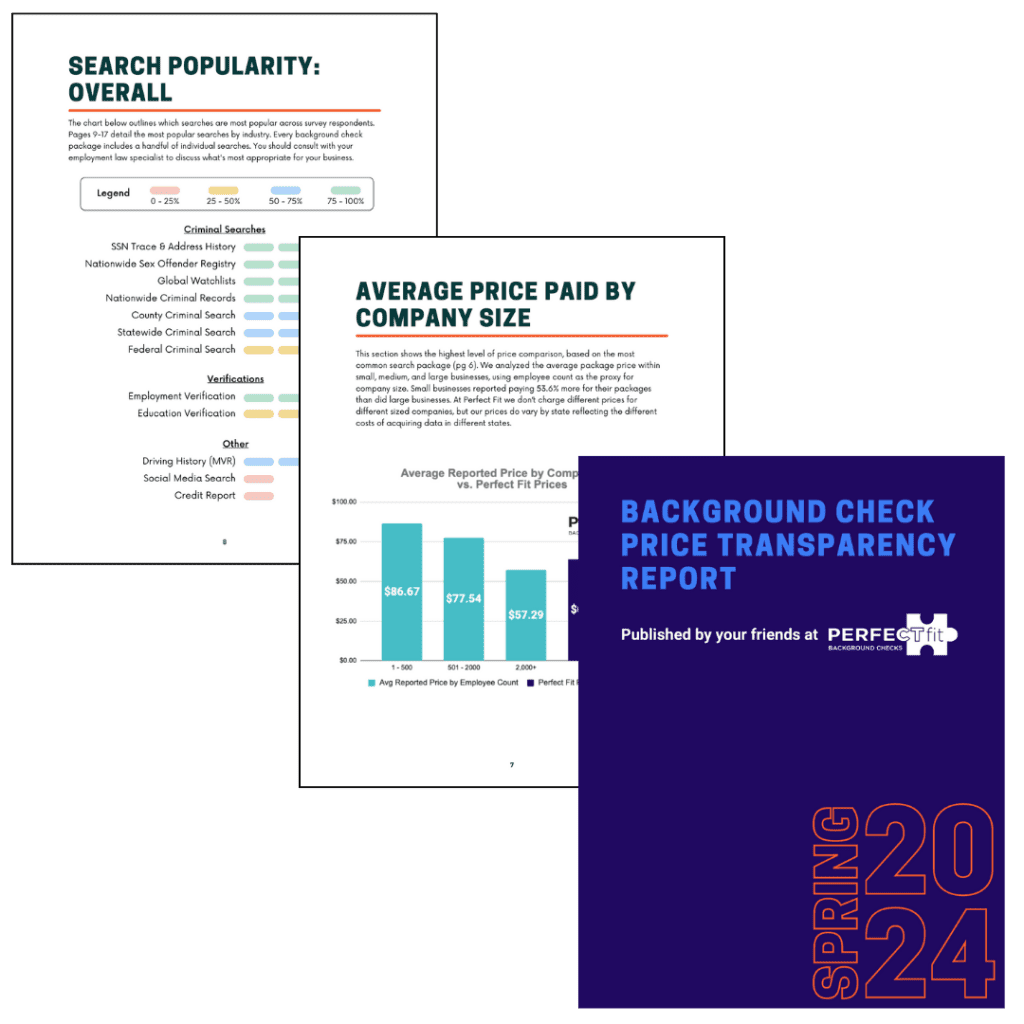5-Step Guide to Post-Accident Drug and Alcohol Testing
Workplace accidents can happen unexpectedly, leaving businesses and employees grappling with the repercussions. A workplace policy of post-accident drug and alcohol tests can reduce accidents by acting as a deterrent and by fostering a culture of workplace safety and accountability.
What is Post-Accident Drug and Alcohol Testing
Picture this: an employee slips on a wet floor, causing an accident that leads to their unfortunate injury. What follows next isn’t just tending to the employee, but also seeking a comprehensive understanding of what caused the accident. Requriring the employee to complete a post-accident drug and alcohol test will establish whether or not certain substances may have contributed to the incident. Immediate testing can reveal whether drugs or alcohol are present in the employee’s system, which will be valuable insight for how you handle the situation.
Benefits of Post-Accident Testing
Implementing a comprehensive post-accident drug and alcohol testing policy isn’t just a formality – it’s a proactive stance in support of workplace safety. By establishing clear guidelines, this policy serves as a deterrent against on-the-job intoxication and fosters a culture that prioritizes safety and accountability.
Beyond upholding safety, it’s a shield for your business. Swiftly conducting these tests identifies potential contributors to accidents, but also safeguards your business from false liabilities. This not only mitigates the risk of workers’ compensation claims, but can also prevent associated premium increases, ultimately safeguarding the financial stability of your business.
The Importance of Time
The purpose of the post-accident test is to determine whether alcohol or drugs were present in the employee’s system at the time of the accident. This means time is of the essence. The longer it takes to perform the test, the less relevant and informative the results become. Your goal should be to perform the test as soon as possible after ensuring that there is no remaining danger, and that anyone in need of medical attention has been attended to.
Even if you aren’t subject to Department of Transportation (DOT) regulation, their guidelines provide a good model to follow. Alcohol metabolizes quickly, so it’s preferable to conduct this test within two hours of the accident. It may be administered up to eight hours after the accident if you’re unable to complete it within two hours. Drug screening can be administered up to 32 hours after the accident, though the sooner the better. If you are unable to perform a test within the time window, be sure to document the reason.
Legal and Regulatory Landscape
Employers must follow federal and state laws when implementing post accident drug testing policies. The Drug-Free Workplace Act and various state laws outline the regulations and requirements for drug testing in the workplace. These laws provide guidance on when and how drug testing should be conducted, as well as the consequences for employees who test positive for illicit substances. Generally these laws aim to strike a balance between employee rights and workplace safety, but it’s important to talk with your legal counsel to ensure you’re familiar and compliant with the local, state, federal, and industry-specific regulations that may apply to your business. This blog is meant to be informational, but it does not constitute legal advice.
Rights and Responsibilities of Employers and Employees
Employers possess the right to conduct drug and alcohol testing and to take disciplinary action. They bear the responsibility of implementing clear policies, respecting employee privacy, and taking appropriate action based on test results.
Employees have the right to privacy during testing and the opportunity to challenge results. Their responsibility lies in adhering to workplace policies and fostering a safe work environment for themselves and their colleagues.
How to Implement a Post-Accident Testing Policy
Because time is of the essence when an accident occurs, it’s essential to have a well-thought-out policy in place before an incident. You can implement a post-accident drug and alcohol testing policy with these five steps:
- Select a vendor.
- Determine your appropriate test package.
- Establish a written procedure and add it to your employee handbook.
- Educate the employee(s) responsible for ordering the test.
- Communicate to all employees about the policy and its importance.
1. Select a vendor
Decide who will administer the test and have an established relationship with them prior to an incident. If you already perform drug tests, then your current vendor may be a good place to start. Ensure that the partner chosen accepts walk-ins and are not appointment-only. Many criminal background check vendors, like Perfect Fit, also offer drug and alcohol screening services. At Perfect Fit we have an affordable post-accident testing option that includes a 10-panel drug test and Breath Alcohol Test (BAT) for only $82.
2. Determine your appropriate test package
Post-accident tests typically encompass both drug and alcohol screening. For the drug-testing portion you’ll need to decide how comprehensive of a test to use.
Two common tests are 5-panel and 10-panel tests, though there are a variety of other combinations. In general, opting for the more comprehensive 10-panel test is recommended for thoroughness.
A typical 5-panel tests detects:
- Amphetamines
- Cocaine
- Marijuana
- Opiates
- PCP
A typical10-panel test detects the substances in the 5-panel test plus:
- Barbiturates
- Benzodiazepines
- Methadone
- Methaqualone
- Propoxyphene
For alcohol screening, BAT is the preferred method, offering accurate blood alcohol content results. Blood tests serve as a secondary option. Urine tests are generally not advised as they’re better at simply detecting the presence of alcohol and less effective at measuring alcohol levels.
3. Establish a written procedure and add it to your employee handbook
Having a written procedure in place before an incident helps ensure the process is executed correctly and quickly. It also signals to employees the priority that your organization places on safety and helps deter them from working while under the influence.
A good policy will at a minimum, include:
- The purpose of the policy
- Guidelines for when a test is required and when it is not
- An overview of the testing procedure
- Employee’s rights to confidentiality and explanation of results
- Consequences of test refusal
- Consequences of positive test results
- Employee acknowledgement signature
Some organizations and industries may have specific regulatory requirements, such as those set out by the Department of Transportation (DOT). Even if you’re not subject to those requirements, their sample guidelines can be a great basis for your own policy, but as always, consult with your legal counsel on what’s right for you and your business. If you have an employee that is a member of SHRM, you can reference their sample post-accident test policy based on DOT regulations, but again we recommend developing your policy with your legal counsel.
4. Educate the employees responsible for ordering the test.
In addition to having the procedure written down clearly in the employee handbook, it’s important to train the employee(s) responsible for executing the plan when an accident occurs. Have an employee designated as the primary person responsible, and have a backup designated as well.
5. Communicate to all employees about the policy and its importance.
When implementing a new policy, it’s important to inform existing employees of the new policy and collect signatures acknowledging receipt and compliance of the policy.
How to Execute a Post-Accident Test
When an accident occurs, it’s essential to be prompt and precise with executing the plan, while documenting every step along the way.
The designated personnel should start gathering and documenting details of the incident — what happened, who was involved, and the circumstances leading to the incident.
Once it’s established that a post-accident test is necessary based on company policies (or legal requirements), notify the testing vendor promptly. Most regulations mandate tests within a specific timeframe post-accident. Even if your business is not subject to regulation, the sooner a test is completed the better as it will more closely reflect the state of the employee at the time of the incident. While maintaining confidentiality and sensitivity, guide the employees involved through the testing process.
Clear communication, adherence to established procedures, and documentation of every step are essential. Remember, these actions not only uphold safety protocols but they also uphold the integrity of the testing process.
Conclusion
Having an established post-accident drug and alcohol test policy can help deter substance abuse in the workplace, fosters a culture of workplace safety, and can help protect your business against false liabilities. It’s essential to have a policy established before an accident occurs, to work with your legal counsel to write that policy, and to communicate the policy clearly with all employees.
If you’d like to set up your post-accident drug and alcohol test with Perfect Fit, we have an affordable post-accident testing option that includes a 10-panel drug test and BAT alcohol test for only $82.
Ready to create your free account?
DISCLAIMER
The material and information contained on this website is for general information purposes only. While every measure has been taken to ensure the accuracy of the material, Perfect Fit Background Checks does not guarantee the accuracy or completeness of the material found on this site. You should not rely upon the material or information on the website as a basis for making any business, legal or any other decisions.
Perfect Fit Background Checks will not be liable for any false, inaccurate, inappropriate or incomplete information presented on this website.
To the extent not prohibited by law, in no circumstances shall Perfect Fit Background Checks be liable to you or any other third parties for any loss or damage (including, without limitation, damage for loss of business or loss of profits) arising directly or indirectly from your use or inability to use, this site or any of the material contained in it.




